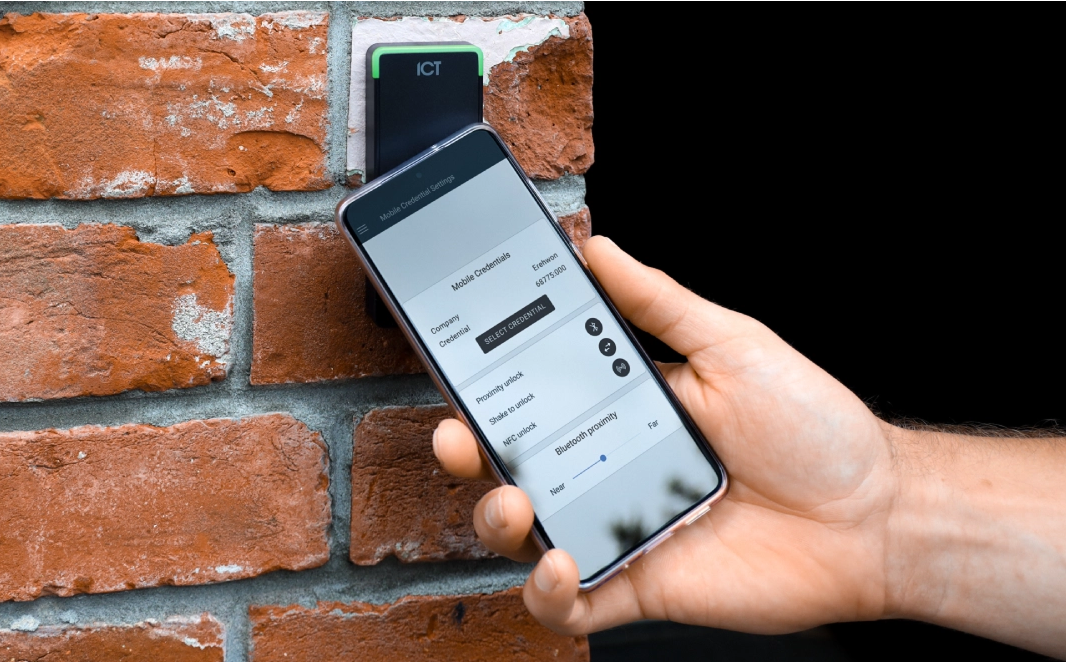How Universities can create the best locker experience for their students
1. Smart Locker Systems
When it comes to electronic locks, their pros are many when compared to traditional mechanical locks, such as a padlock.
Using a card or a PIN is easier and more secure than having key locks that are difficult to manage, less secure and frustrating to use.
However, these types of locks still have their cons.
With RFID, the management can quickly become difficult and frustrating when dealing with a large number of cards. They can get misplaced as easily as keys, and it's a worse scenario because often, RFID cards are not only used for lockers.
The pincode system removes the problem of managing RFID cards. However, the student can forget their code and need additional assistance.
A further upgrade from having just electronic locks is installing a smart locker system with many features designed to further ease management and collect insightful data.
With a smart locker system, it's possible to keep a log of students using the lockers and know precisely when and how they're used. The staff can also manage access, set restrictions during certain times and quickly identify any issues.
Tracking and collecting the data can lead to valuable insights and fuel decisions on future installations.
Smart lock systems require planning in the budget since they're still on the expensive side.
However, the universities can decide to charge their students (or campus guests) for usage, which generates a revenue stream.
Smart locks can be investments that solve problems, alleviate frustrations and create a smart space for students and staff.
Yellowbox Smart Locker System
One more way to open the locker is through the app, an option that the Yellowbox lock has.
The process is entirely self-serve, where students can download the app, reserve the locker (pay if there's a charge) and end their booking when they come to pick up their belongings.
It's convenient to have the app feature that shows the positions of each locker bank and quickly leads the user through the reservation process.
Students no longer need the university website's lengthy instructions on how to use the lockers and where they are located.
By using the app, there are no cards to manage and no codes to track, so students can use their lockers almost 100% independently from staff.
The con of the app-based lock is that the user must depend on their phone to open their locker, which becomes a problem if the battery runs out or some other issue occurs.
However, the Yellowbox lock also has the pincode option if the student has issues with their phone or wants to store it in the locker.
The Yellowbox smart locker system is decentralised. That means that each lock communicates only with the phone through Bluetooth and is not connected to a central computer.
A decentralised system greatly reduces security risks.
It's also wireless. Installation of hardwired systems is a tedious and challenging process, and Yellowbox smart lock is battery-operated.
One downside is the need to replace batteries continuously, so it's best to compare the workload and cost of installing wires in walls vs battery replacement.
Apart from the user app, Yellowbox smart locker system also comes with the manager app and dashboard.
The manager app gives complete real-time visibility and serves as a master key. The dashboard also provides real-time visibility and control and collects and analyses data, and provides in-depth reports.
Both apps and the dashboard have the option to request 24/7 immediate support in case of malfunction.
2. Locker Size
It's important to consider the different uses students (and other on-site users) may have when reserving their lockers.
That's why the size (and shape) of lockers is essential.
Sometimes students may want to leave their books or laptops, and other times they may need to leave something bigger or odd-shaped in their locker, i.e. backpack or bicycle helmet.
Also, the use of lockers isn't always conventional. Some campuses may install a so-called "lending-system" of lockers where students can borrow equipment necessary for their studies and return it later.
3. Placing of Lockers
Depending on where on campus the lockers are located, the students may have different uses for them so where to place lockers on large campuses can be a vital decision to make.
Usually, it's not enough to only have lockers in one place (e.g. libraries).
When deciding on important sites to install lockers, one point to consider is who will use the lockers and why? Are they for students exclusively, or can they be used by guests or faculty members?
Are the lockers there to hold the user's belongings for a short time, or are they for long-term (i.e. all day) use? The placement of lockers can also dictate their number.



























